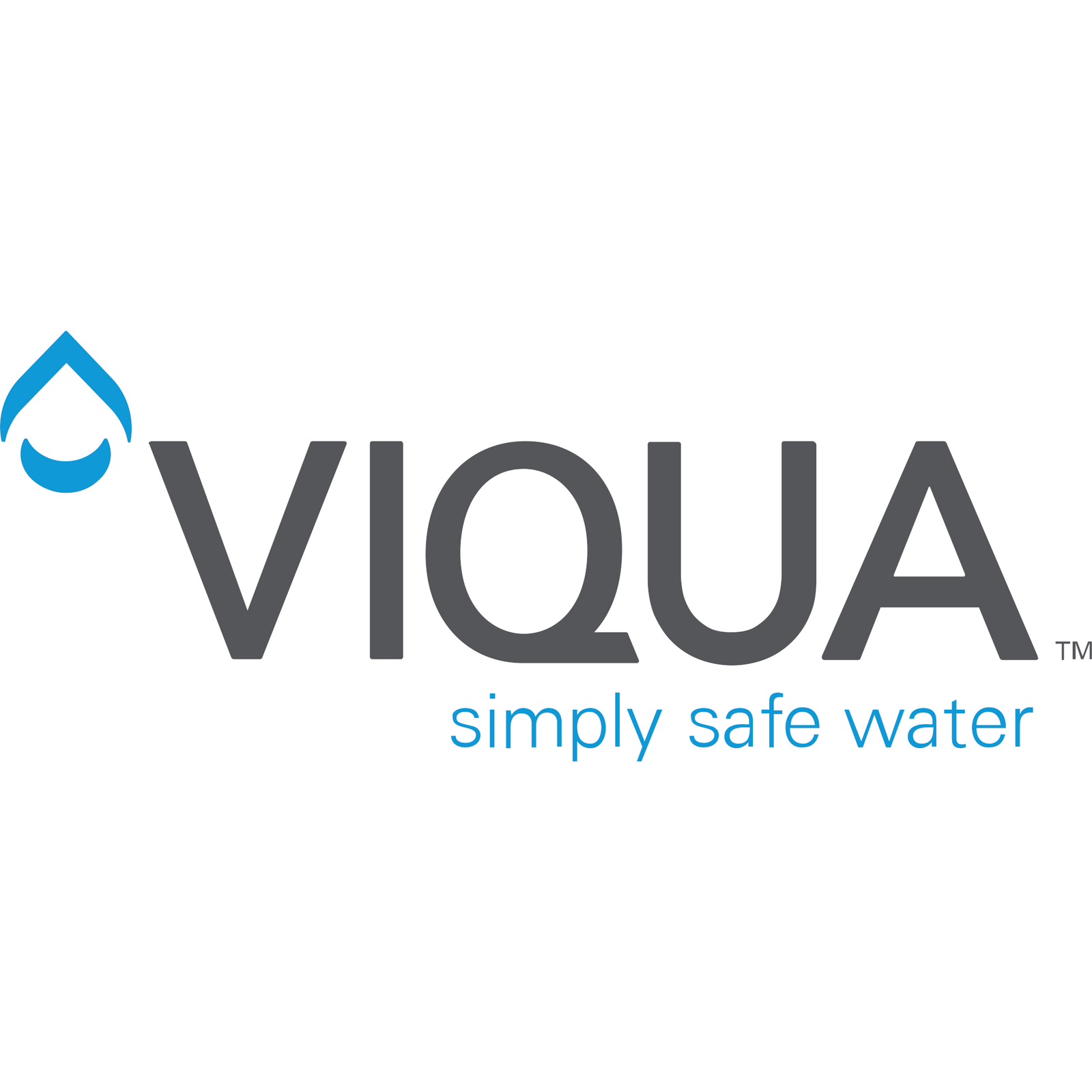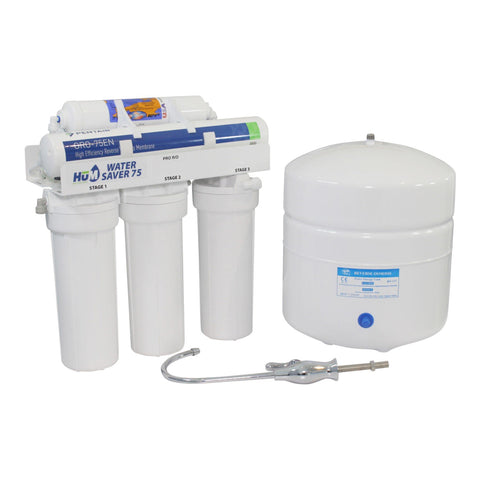
As your trusted water treatment expert, I am here to help you make informed decisions about your family's drinking water. I understand that there is a lot of debate surrounding the addition of fluoride to municipal water, which is why I'd like to share some straight facts with you.
In this blog, I will provide an objective look at the potential benefits and drawbacks of fluoride in your drinking water. Armed with this information, you can decide what's best for the health and well-being of your loved ones.

WHAT IS FLUORIDE ANYWAYS?
Fluoride is a naturally occurring mineral found in food and water that is used in a variety of industrial and medicinal applications. It’s a natural element found in rocks and soil, and a low concentration of fluoride is found in most waters, worldwide.
Fluoride has been added to drinking water since the 1940’s as a public measure to help prevent tooth decay. This practice has been endorsed by many health organizations, including the World Health Organization (WHO) and the American Dental Association (ADA) as a safe way to improve dental health in communities.
Fluoride is typically added to water at a level of about 1.0 parts per million (ppm) — which can be a lower concentration than the naturally occurring levels of fluoride found in some sources of water that often range from a few ppm up to several hundred ppm.
It’s important to note that not all communities fluoridate their drinking water. Some communities choose not to fluoridate their water because of concerns about the potential health effects of fluoride — more about that later — or because of the cost of implementing a fluoridation program.
Is water your only source of fluoride?
No, which you’ll learn is part of the problem.
So what’s the controversy with Fluoride, anyway?
Let’s start off with the PROS OF FLUORIDE in your drinking water.
According to the ADA, fluoride has been proven to reduce tooth decay by 20% to 40% and improve oral health. When fluoride is present in the mouth, it helps to strengthen the tooth enamel, making it more resistant to acid attacks from bacteria that can cause cavities.
Furthermore, they say this will have a greater impact on the community because fluoridation of public drinking water will provide a community-wide benefit by helping reduce tooth decay in both children and adults. This is especially beneficial for low-income households where access to dental care may be limited.
They claim it's a relatively safe and cost-effective way of improving the total outcome of oral health for a community. It’s going to be generally less expensive than other methods of fluoride delivery, such as fluoride supplements or fluoride treatments at the dentist's office.
Now onto the CONS OF FLUORIDE…
Studies have suggested that long-term exposure to fluoride may be associated with an increased risk of certain health problems, such as bone fractures and reduced kidney function.
Some side effects of consuming fluoride could be…
- Skeletal Weakness: Your joints become weak and there is an increase in the risk of fractures.
- Skeletal Fluorosis: Staining or pitting of teeth in children.
- Cognitive Impairment: Higher levels of fluoride have been associated with lower scores on IQ tests.
- Thyroid problems.
- Reproductive issues, such as lower fertility and early puberty in girls.
- Acute toxicity since fluoride is a poison in large doses not achieved through drinking water.
- High blood pressure.
- Acne.
A lot of these health problems tend to occur when there is TOO MUCH fluoride present in the body. This is why the recommended level in water has now been reduced to 0.7 ppm from the previous 1.2 ppm. Further evidence suggests levels as low as 0.5 ppm may be optimal in most communities; over 4.0 ppm could be hazardous.

What about children and Fluoride?
-
Breastfeeding infants or making formula with fluoride-free water are both ways to help protect small children from becoming subjected to Skeletal Fluorosis from fluoride. The level of fluoride in mother’s milk is remarkably low at 0.004 ppm. This means that a bottle-fed baby consuming fluoridated water (0.6 – 1.2 ppm) can get up to 300 times more fluoride than a breast-fed baby!

- Children below the age of 6 years should not use any mouthwash that contains fluoride.
-
Children below the age of 6 years should be supervised when brushing their teeth to ensure they do not swallow toothpaste with fluoride in it.
- There are no benefits for young children when it comes to fluoride, only risks for infants ingesting this heightened level of fluoride at such an early age (an age where susceptibility to environmental toxins is particularly high).
But there are also ethical concerns of putting fluoride in the water.
The ethical argument is that adding fluoride to drinking water without the consent of individuals is a violation of personal autonomy and choice. They believe that individuals should have the right to decide whether or not they want their families to ingest fluoride.
Other Sources of Fluoride:
In the 1940’s, 50’s and 60’s, your only source of fluoride was from drinking water. Now sources include food and beverage processing, fluoridated dental products, mechanically deboned meat, tea, and pesticide residues from food.
The problem is that Fluoride accumulates in the body. Healthy adult kidneys excrete 50 to 60% of the fluoride ingested each day. The remainder accumulates in the body, largely in calcifying tissues such as the bones and the pineal gland. Infants and children excrete less fluoride from their kidneys and take up to 80% of ingested fluoride into their bones. This fluoride concentration in bone steadily increases over a lifetime.
What happened when other countries stopped Fluoridating their water supplies?
Tooth decay does not go up when fluoridation is stopped. Where fluoridation has been discontinued in communities across Canada, the former East Germany, Cuba, and Finland, dental decay has NOT increased but has generally continued to decrease.
The Centers for Disease Control and Prevention have now acknowledged that the mechanism of fluoride’s benefits are mainly topical, not systemic. Therefore, it makes more sense to deliver the fluoride directly to the tooth in the form of toothpaste. Since swallowing fluoride is unnecessary, and potentially dangerous, there is no justification for forcing people to ingest fluoride through their water supply.

Does your municipality add fluoride to your water? Call them and ask!
If they do, how do you get rid of the fluoride from your water for your family? The solution is a Reverse Osmosis drinking water system. This video shows you how an RO system will get rid of fluoride and a lot more contaminants from your water for your family.
>> SHOP HUM Water Saver 75 Drinking Water System
Join me, Gary the Water Guy, as we explore this important topic in the video below and chat about why you may want to reconsider Fluoride in your water. Let's conquer crappy water once and for all!










